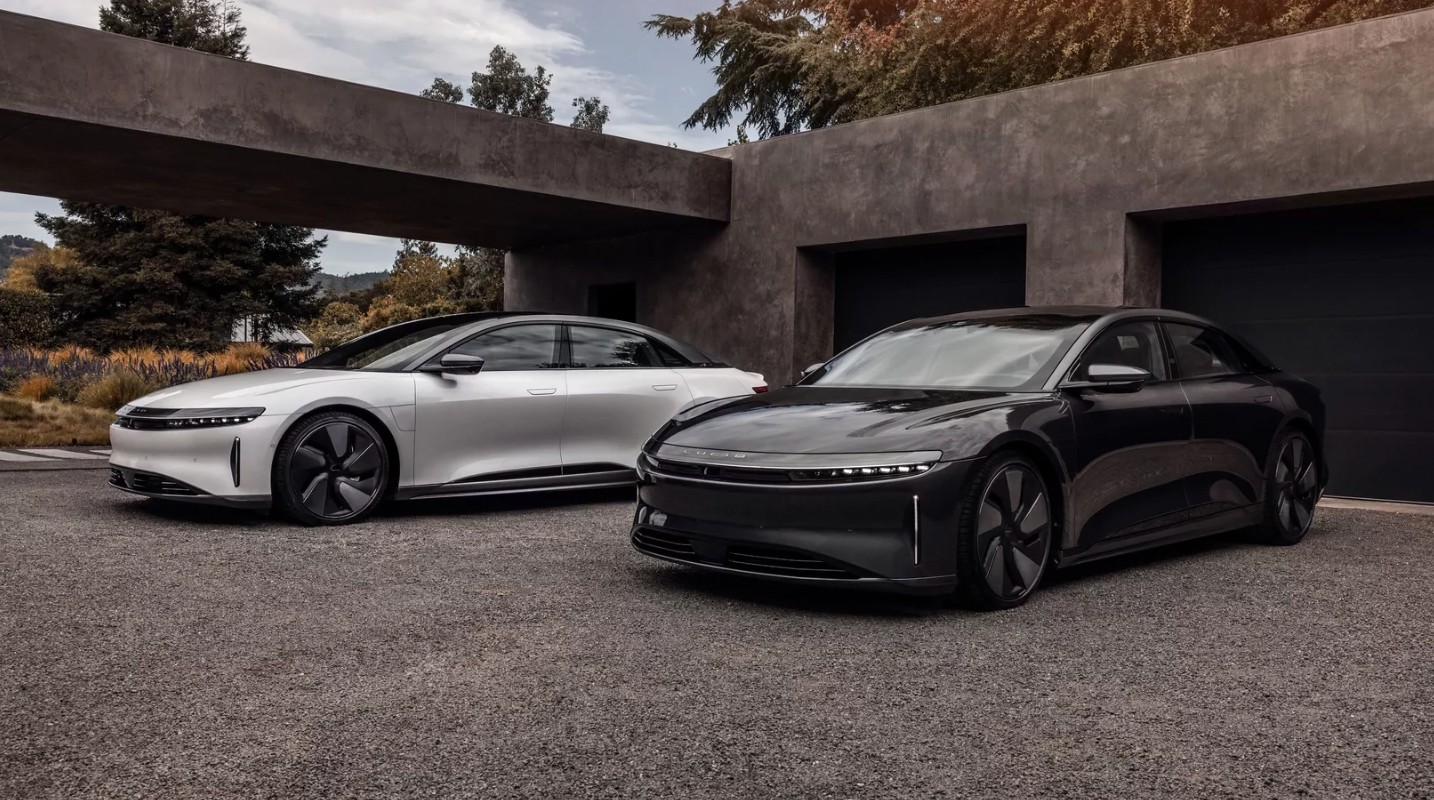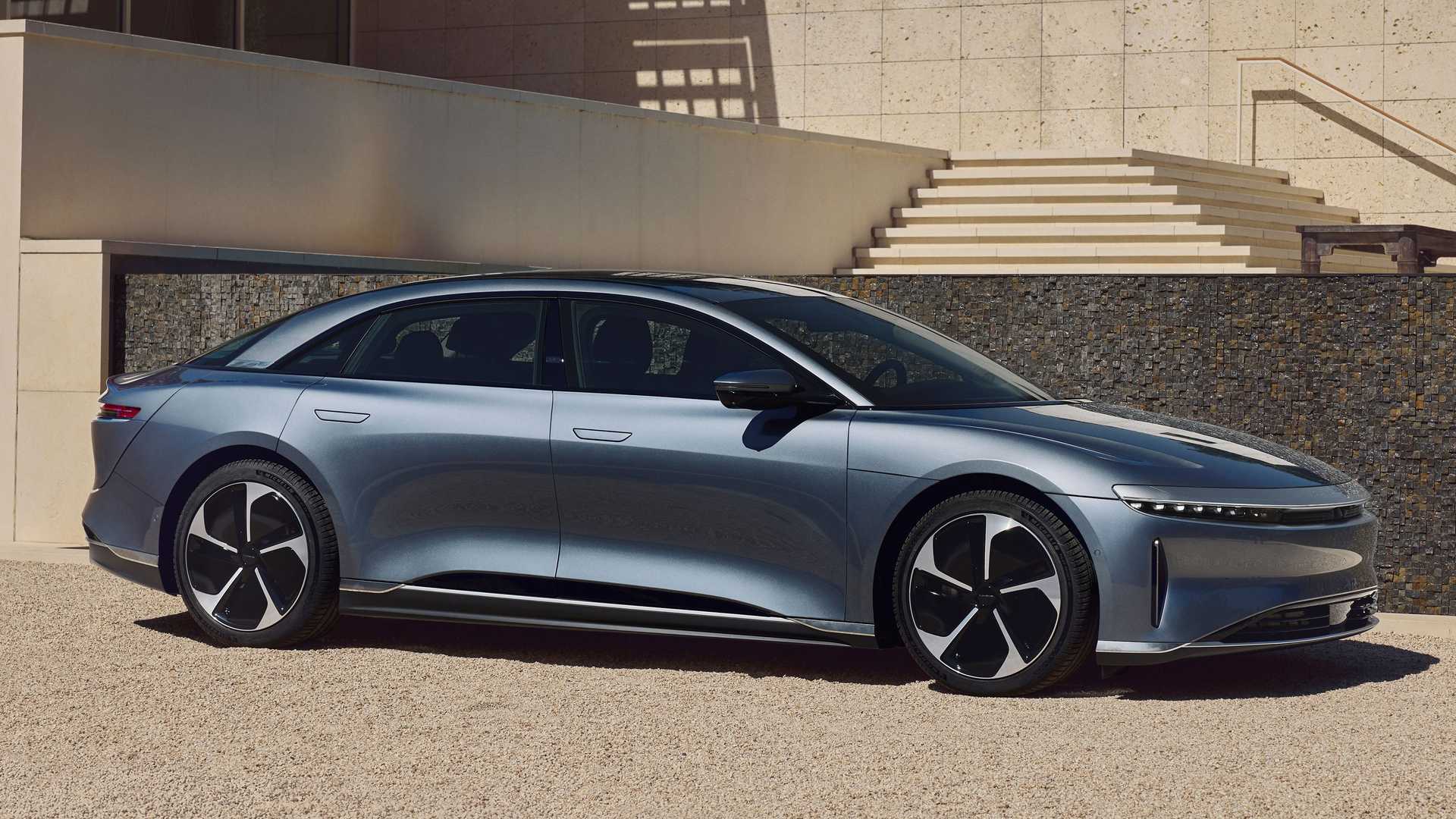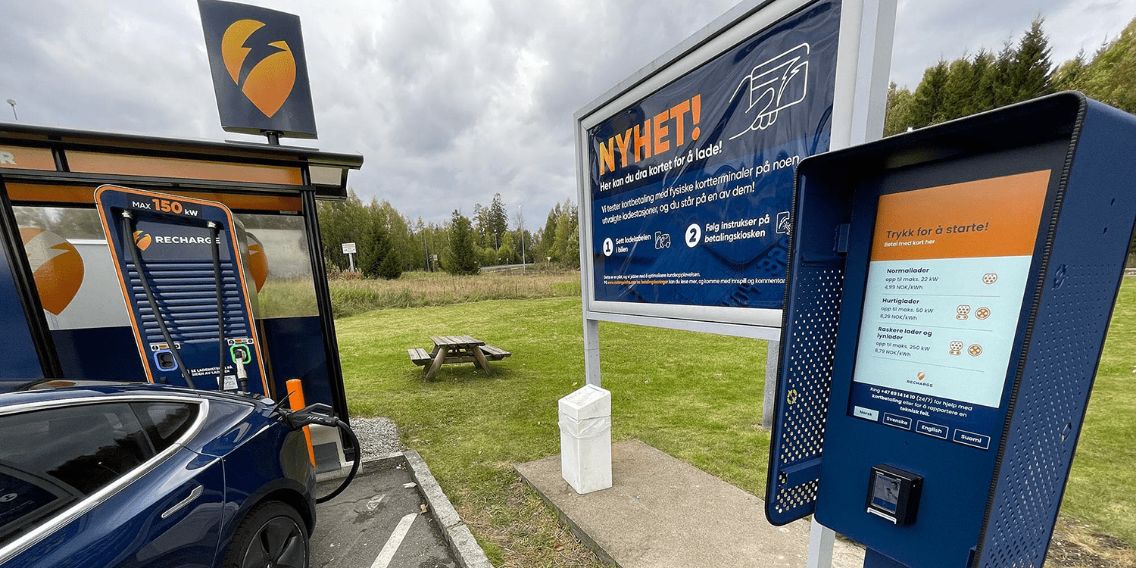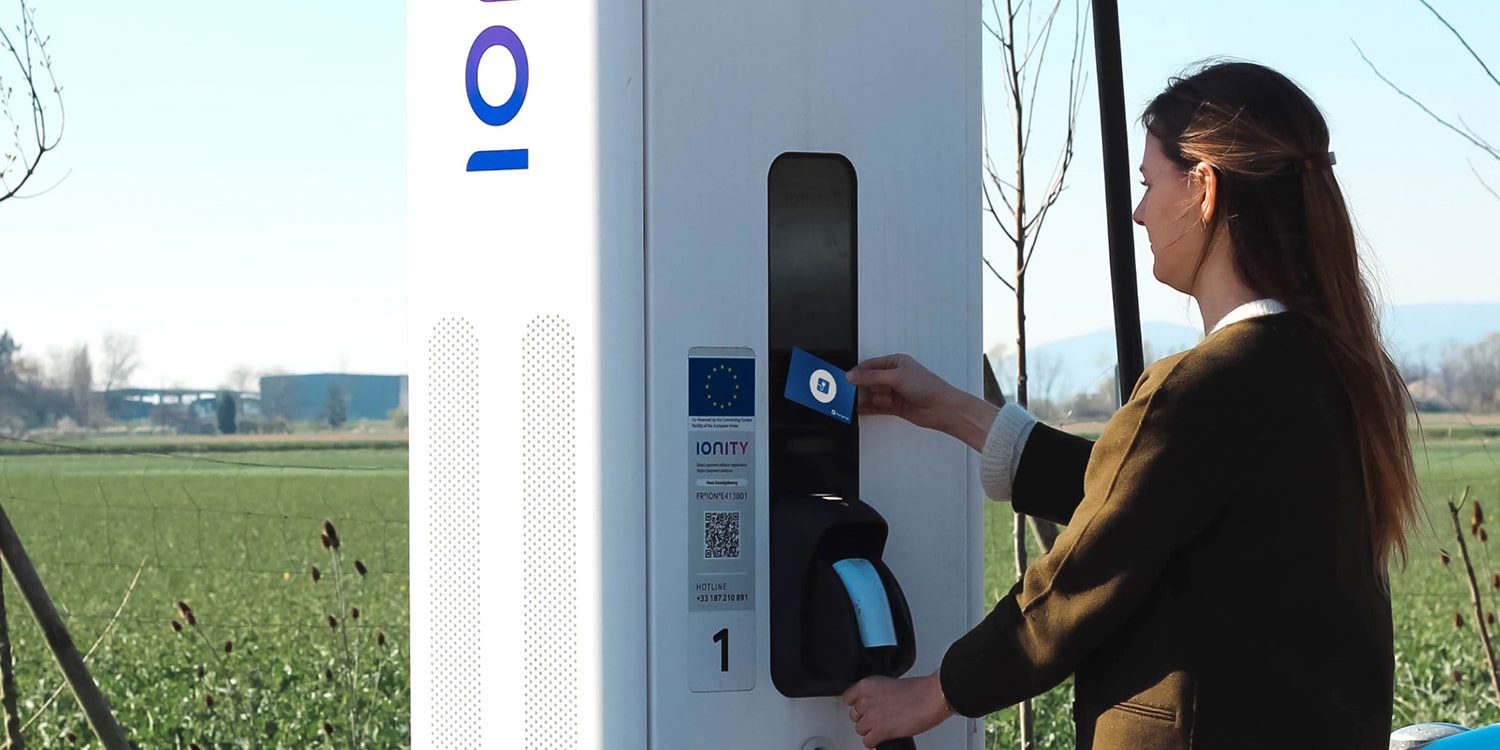In the realm of electric vehicles (EVs), car manufacturers and EV charging companies are increasingly committing to adopting Tesla’s North American Charging Standard (NACS) plug. However, Lucid chief executive, Peter Rawlinson, has expressed reservations about the exaggerated excitement surrounding this development.
Having previously worked at Tesla as the chief engineer of the Model S, Rawlinson was intimately involved in the design of the company’s charging plug. While he does acknowledge that Lucid might eventually transition to the NACS plug, he emphasizes the importance of waiting for official standardization by SAE International before making any decisive moves.
Rawlinson, in an interview with Bloomberg, explained, “If you’ve got the most advanced technology in the world, you’re a bit reluctant to risk that. If you haven’t got the most advanced technology in the world, you’re not really incentivized to tread that warily.”
One of Rawlinson’s key concerns revolves around the control of consumer data through Tesla Superchargers. He pointed out that critical information, such as credit card details and driving patterns, would be accessible to whoever gains control over the charging infrastructure.
“It’s who owns that data, and making it genuinely open-sourced, that would worry me,” he expressed, highlighting the need for an open and impartial standard rather than being owned solely by one company.
Rawlinson further downplayed the significance of the charging plug, describing it as “just a plug.” He compared the focus on plug types to the difference between a screw cap and a cork on a wine bottle, noting that the real matter at hand lies beyond the superficial hardware aspect.
In addition, the CEO raised concerns about the predominant emphasis on fast chargers and suggested that government funding for charging infrastructure should be directed towards slower charging options suitable for overnight use. According to Rawlinson, these slower chargers would contribute to a more even distribution of power usage throughout the day, resulting in a positive environmental impact.
“Why do you have an EV? Partly because it’s better, but partly because you care about the environment,” Rawlinson stated. “The best thing for the environment is to have the power stations running more evenly on a 24-hour cycle. The worst thing for the environment is going charging daytime when the factories are running, everybody’s cooking.”
While the adoption of Tesla’s NACS plug gains traction, Rawlinson’s cautious stance reminds industry players to carefully consider the broader implications beyond the plug itself. With concerns about data ownership and environmental considerations, the future of EV charging standards may require a more comprehensive and balanced approach.







